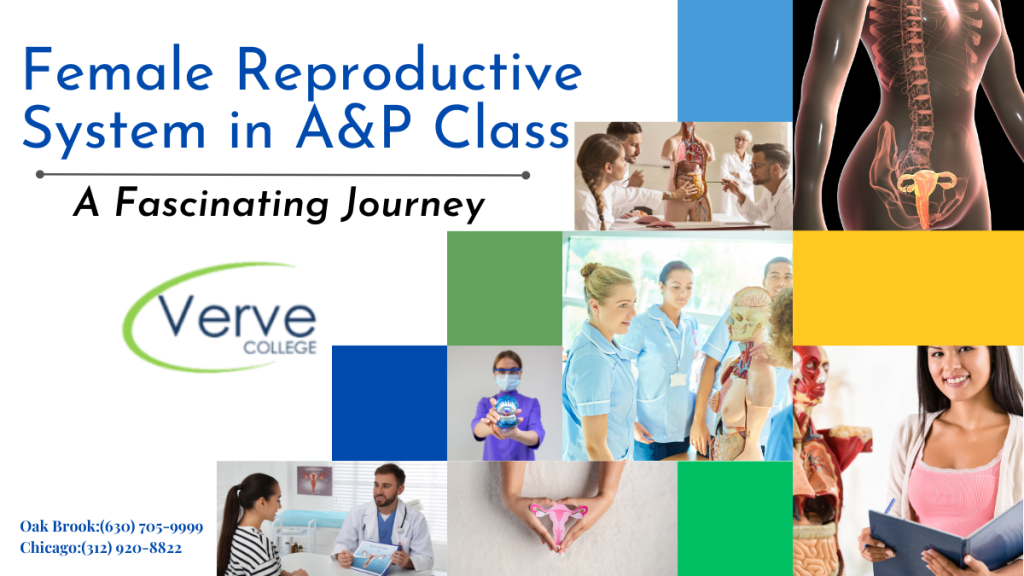- Oak Brook:(630) 705-9999
- Chicago:(312) 920-8822
- Email:inquiry@vervecollege.edu
- Make a Payment
- Home
- Programs
- Admission
- Resources
- ATI Entrance Exam Resources
- New E-Digital Library
- Refer a Friend
- School Newsletter
- Events
- Employers
- Job-Network
- Alpha Beta Kappa Candidates
- Verve College Library
- Graduation and Pinning Ceremony Photo Galleries
- Textbook Information
- Career Services
- Tutoring
- School Catalog
- FAQ
- Constitution Day Program
- Alumni
- Verve College Plans
- Financial Aid
- HEERF Reporting
- Satisfactory Academic Progress
- Apply For Financial Aid
- Net Price Calculator
- Return of Title IV Funds (R2T4)
- Financial Aid Office Code of Conduct
- Contact
- FAQs
- Verification Policy
- Vaccination Policy
- Student Right-to-Know Act
- Misrepresentation
- Information Security Program
- Academic Award Year
- Availability of Employee
- Cost of Attendance
- Health & Safety Exemption Requirement
- Students Rights and Responsibilities
- Leave of Absence
- Pell Formula
- Military Students
- Grants/ Scholarship Policy
- Contact Us
- Testimonials
- Blog
Is a Nursing Career Right For You?
Take The Free Quiz
Female Reproductive System in A&P Class: A Fascinating Journey
Female Reproductive System in A&P Class: A Fascinating Journey
There are both internal and external organs that make up the female reproductive system. As per anatomy and physiology classes, It produces hormones and is responsible for fertility, menstruation, and sexual activity.
Anatomy of the Female Reproductive System
External Parts
Your external genitals serve two purposes: to protect your internal organs from infection and to allow sperm into your vagina.
Your vulva is the collective term for all of your external genitals and is the main part of your body. These include:
- Labia Majora: The labia majora (or large lips) protects the external reproductive organs.
- Labia Minora: The form and size of your “little lips” can vary. This delicate skin can easily become irritated or swollen.
- Clitoris: Your labia minora meet at the clitoris. This is a small, sensitive protrusion.
- Vaginal opening: Your vaginal opening lets you let out your babies and menstrual blood.
- Hymen: Your Hymen refers to a piece of tissue that covers your vaginal opening.
- The opening of your Urethra: This is where you pee.
Related:-Understanding the Endocrine System in A&P Class: A Comprehensive Guide
Internal Parts
- Vagina: The vagina connects to the Cervix (the lower portion of the uterus) and the outside (outer layer) of your body.
- Cervix: Your cervix is the lower part of your uterus. The middle of your uterus has a hole that allows sperm and menstrual blood to pass through. Your cervix will open (dilate), allowing a baby to emerge during vaginal birth.
- Uterus: Your uterus, a hollow, pear-shaped body that houses a fetus in pregnancy, is called a uterus.
- Ovaries: These are small, oval-shaped hormone-producing glands.
- Fallopian Tubes: Small tubes that attach to the upper portion of your uterus. They allow your egg’s (or ovum) movement from your eggs to your uterus. The fallopian tubes are where sperm is usually used to fertilize an egg.
Physiology of the Female Reproductive System in A&P Class
There is a wide range of functions that the female reproductive system performs. Students in an a&p class learn that It allows a person to have sexual intercourse and also helps them reproduce.
Your ovaries produce eggs. These eggs are then transferred to your fallopian tube for fertilization by a male sperm. The fertilized egg is then transferred to your uterus, where it will thicken due to normal hormones in your menstrual cycle. The fertilized egg can be implanted into your uterus and develop from there. The uterine lining will be shed if implantation fails. Your menstrual cycle is also maintained by the female reproductive system. Students are taught in school, to maintain a healthy diet and nutritious diet for a healthy body.
The female reproductive system stops producing the necessary hormones for menstrual cycles to function during menopause. At this point, menstrual periods can become irregular or stop altogether.
What Happens During Menstrual Cycles?
Your body prepares for pregnancy with every cycle. Menstruation is the term for the periodic shedding that occurs in your uterine lining during periods (blood flow) when pregnancy does not occur.
On average, the menstrual cycle lasts 28 days. It is divided into phases. These phases are:
- The follicular phase (the development of the egg)
- The ovulatory stage (release of the eggs)
- The luteal phase (hormone levels drop if the egg does not implant)
Four hormones, which are molecules that control or stimulate the activity of cells and organs, control the menstrual cycle. These hormones are:
- Follicle-stimulating hormone
- Luteinizing hormone
- Estrogen
- Progesterone
How Many Eggs Can A Woman Have?
All the eggs you will ever produce are yours when you are born. Fetal development gives you approximately 6 million eggs. There are about 1 million eggs left at birth. Only 300,000 eggs remain by the time you reach puberty.
What Is Reproduction?
Human reproduction is facilitated by the cooperation of the male and female reproductive systems. There are two types of sex cells: sperm and eggs. A sperm can fertilize an egg and form a zygote when it meets a fertilized egg. The zygote becomes a fetus. Human reproduction requires both sperm as well as eggs.
Want to Make a Career in Nursing? Get More Information About Our Courses!
Conclusion
Students should look for an anatomy and physiology course near me and select the best college at their fingertips. Verve college offers A&P Programs where students can ace every aspect of learning and growth.
 Sign up
Sign up Login
Login




